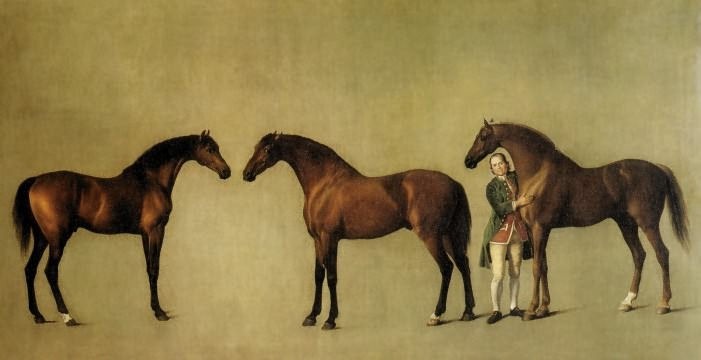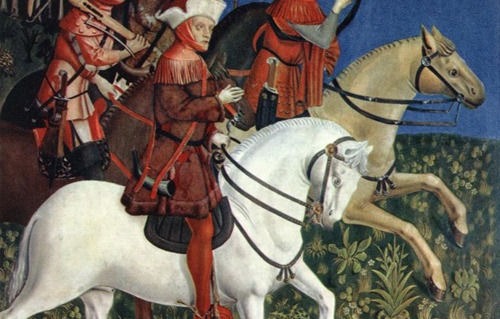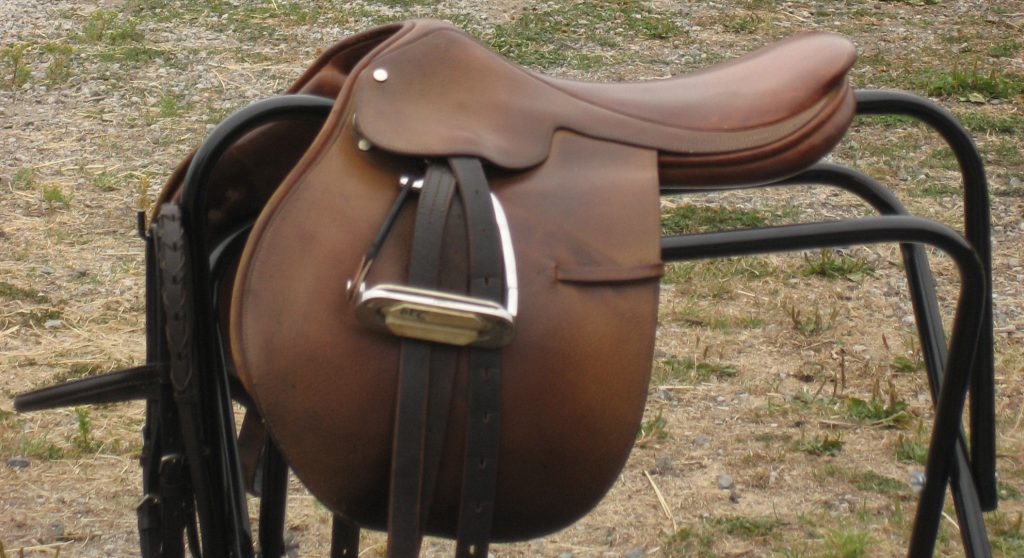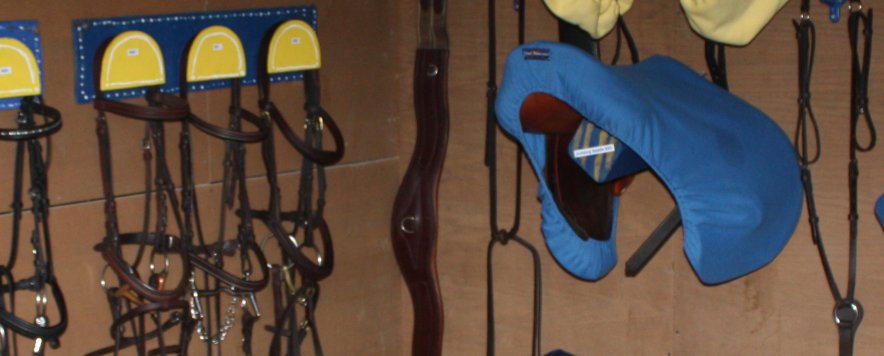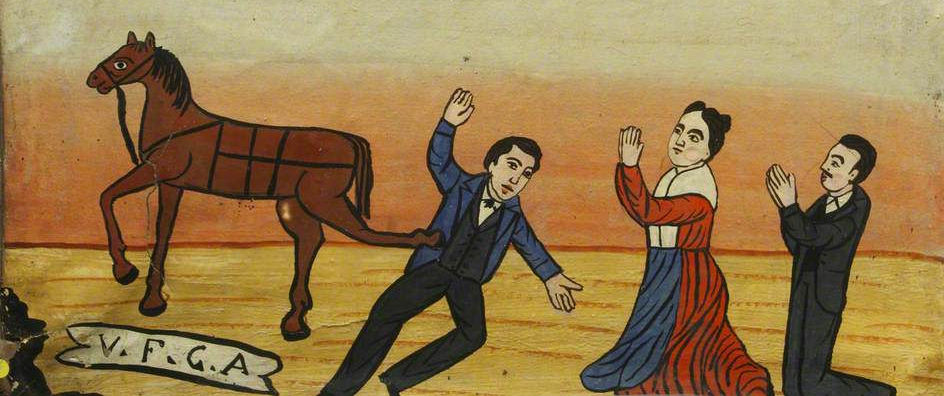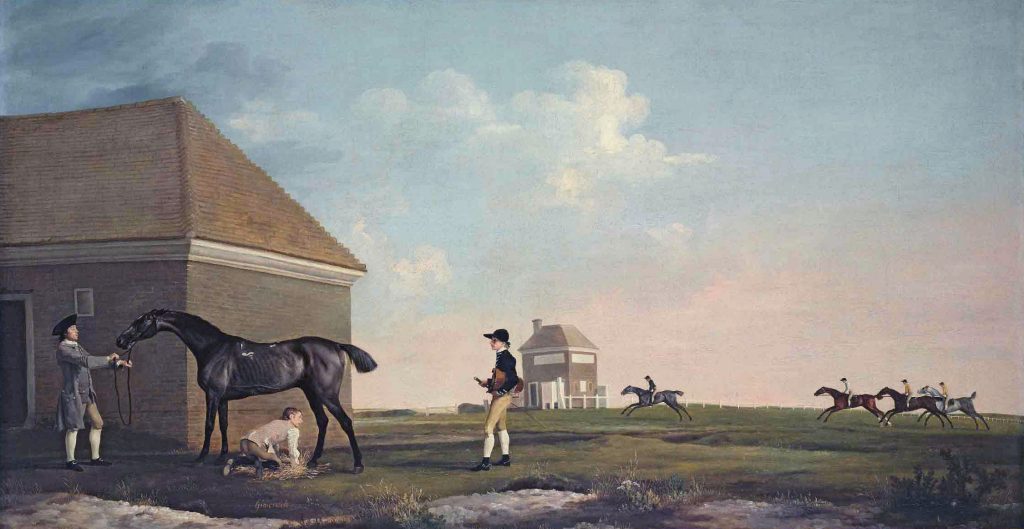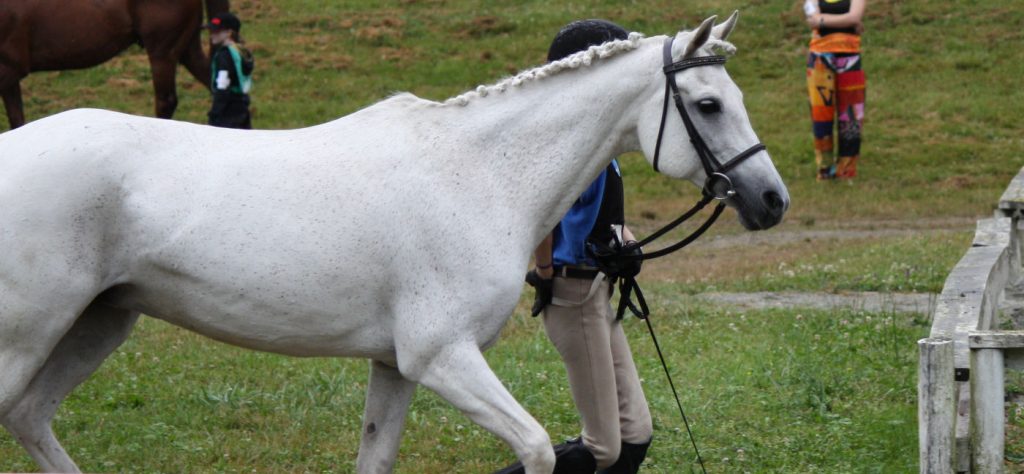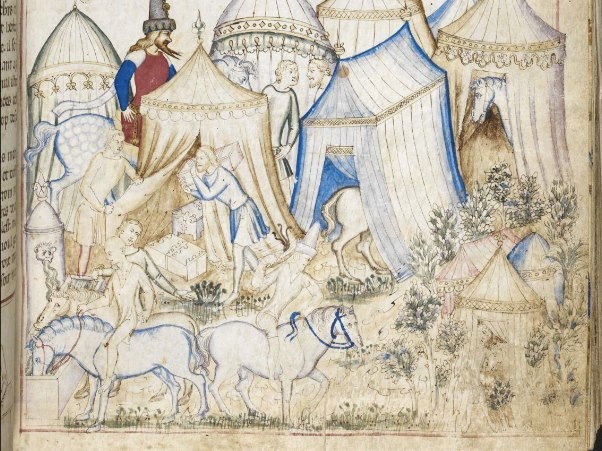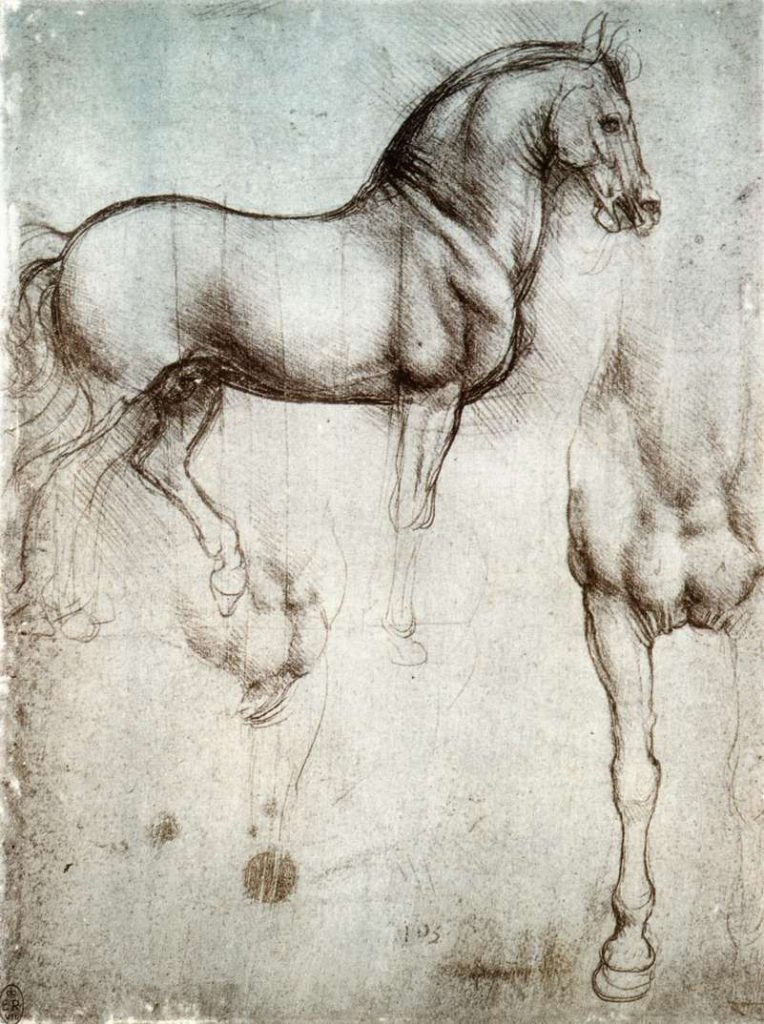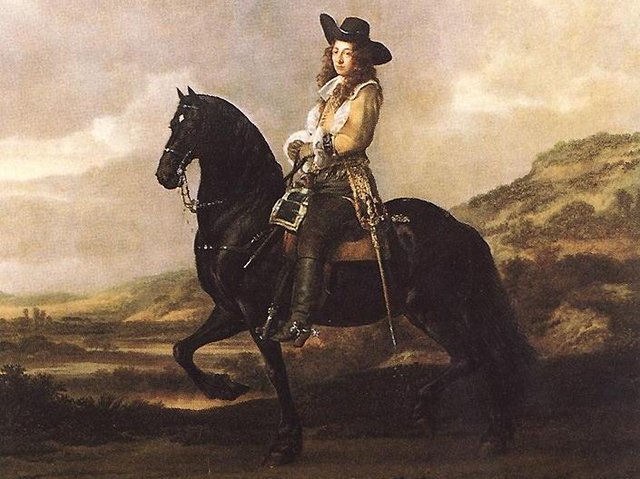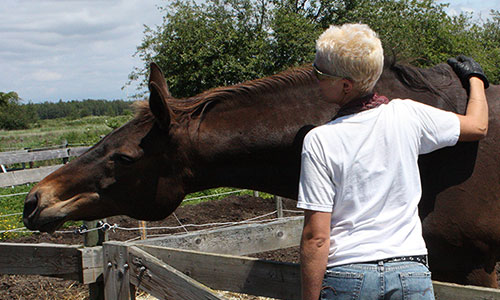We’re about halfway in our walk through the Blue Spur curriculum, and now it’s time to turn our attention back to Horsemanship. For the next couple of months the blog will look at the requirements for Horsemanship Level 3. Whereas Level 2 was simply a more in-depth version of the Level 1 topics, in Level…
